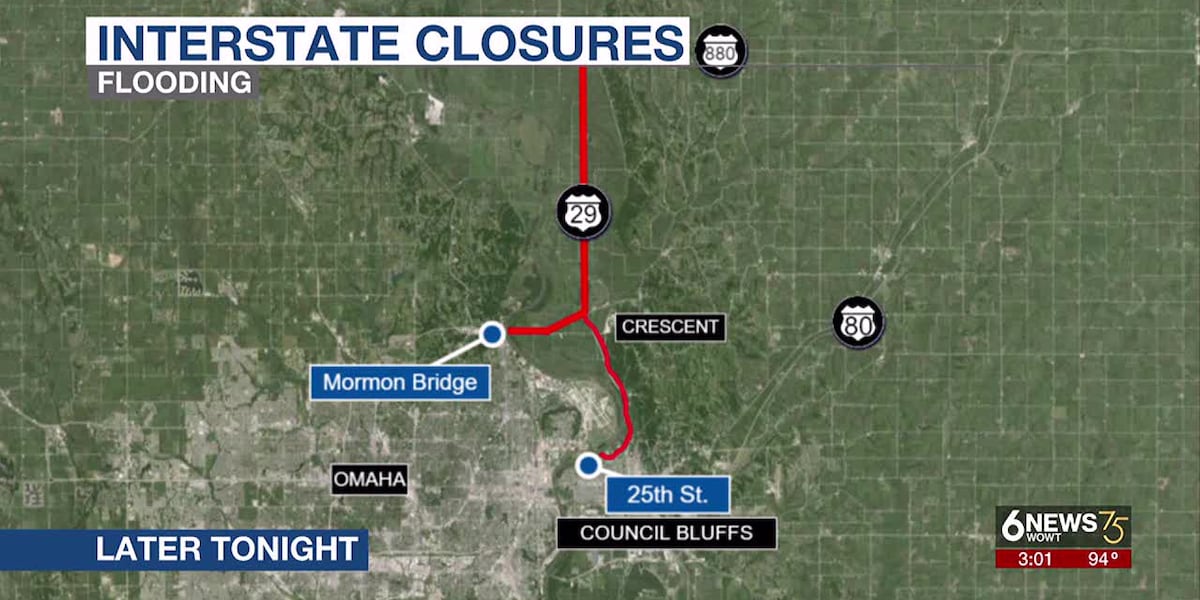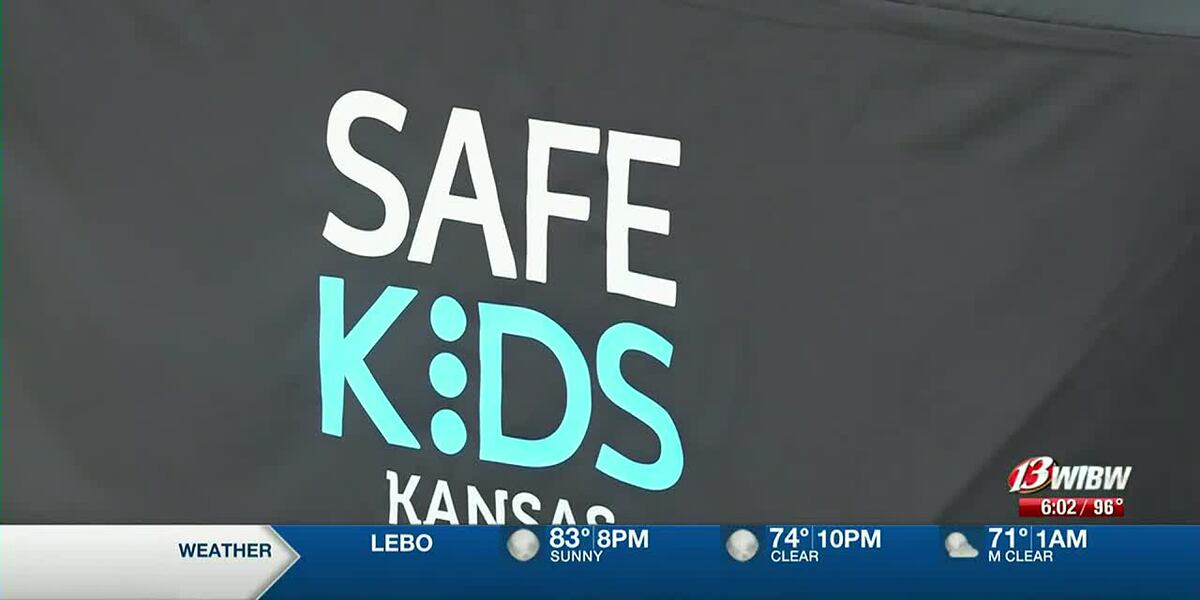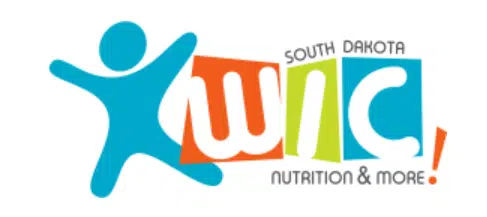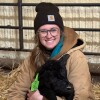NORTH SIOUX CITY — Fireworks sales in Union County have remained robust in the six years since neighboring Iowa legalized fireworks, a Journal analysis shows.
North Sioux City has been a pyrotechnics oasis for residents of Iowa and other states for decades, lured to a plethora of large brightly-colored stands perched along Interstate 29 in the city in the southeast tip of South Dakota, just across the border from Sioux City.
Iowa lawmakers in 2017 legalized the sale and use of most consumer fireworks, nearly 80 years after the state outlawed them following fires sparked by fireworks that destroyed large sections of the Northwest cities of Spencer and Remsen.
A Journal analysis of South Dakota Department of Revenue data shows fireworks sales in Union County each of the last three years nearly equaled or exceeded the year before tents and stands started popping up in Sioux City and other western Iowa cities.
People are also reading…
Though just the 13th populous county in South Dakota, Union County’s fireworks sales have long rivaled or exceeded those in the two largest, Lincoln and Minnehaha, metro Sioux Falls counties with four and 11 times more people, respectively. In 2022, Union’s $1.72 million in taxable fireworks sales — nearly all from North Sioux City — ranked third most in the state, behind only Lincoln’s $2.53 million and Minnehaha’s $2.29 million)
Morgan Jensen, center, helps Ari-el Earth, right, at the checkout counter at Lantis Fireworks in North Sioux City on Tuesday.
Rich history
The Lantis family has had a lot to do with building the fireworks industry in North Sioux City to such lofty heights.
Merle Lantis began selling fireworks in North Sioux in the 1940s, when Iowa’s fireworks ban was only a few years old. His son Don, now 82, began working there when he was very young.
“They’ve been shooting fireworks in Sioux City ever since I was a baby,” said Don Lantis, proprietor of Lantis Fireworks. By his estimates, a majority of the city’s population was shooting fireworks even when it wasn’t legal.
Buyers at one time came from all across Iowa, and points beyond, to buy fireworks at Lantis’ stands, regardless of the legality of fireworks in their home state or other destination. Some still do.
“Like this lady, she was just here, just a little bit ago, she was going to Canada. And I said, ‘You can’t take fireworks to Canada.’ And she says, ‘Oh I don’t get in trouble,’” Lantis said. “And see, that’s the way Sioux City was.”
In 2016, the last season North Sioux City stands operated without competition from across the Big Sioux River, taxable firework sales totaled $1.79 million. That was an increase from the $1.32 million recorded in 2013, the oldest year of data the state revenue department provided.
Damian Giraldo restocks shelves at Lantis Fireworks in North Sioux City on Tuesday.
Traffic patterns
After Iowa legalized fireworks, Lantis said, he saw fewer shoppers coming from the very-far-away reaches of Iowa, probably due to the inconvenience of driving so far to buy something that could be purchased locally.
“People would come from Des Moines, come and buy fireworks — we lost those people,” Lantis said.
But Sioux City-area shoppers continued buying fireworks from him, just as they had before Iowa had legal fireworks vendors.
“It cut the pie — the pie is only so big,” Lantis said, referring to the total number of fireworks consumers in Sioux City. “But it was kind of offset, because there were people in Sioux City that didn’t shoot fireworks (before legalization). Very few people.”
John Barber, owner of Zort’s Fireworks in North Sioux City, said the legalization in Iowa was a boon for his business.
“It seemed to be, that more people were shooting fireworks, than there were before, because it was now legal,” he said. “What happened is — it was actually good, because then I was able to open some satellite locations. We put one in Carroll, Iowa, and we put one on Singing Hills, down there by Walmart. So, yeah, we expanded our retail footprint. So it was good.”
Union County held its own in the first year after Iowa legalized fireworks, posting $1.71 million in sales in 2017.
Overall, South Dakota’s taxable fireworks sales rose from $11.24 million in 2016 to $11.45 million in 2017. Statewide sales totaled $16.1 million in 2022.
Based on the statistical reports the South Dakota Department of Revenue publishes, “there are no defined trends that have been established” since Iowa established fireworks, said Kendra Baucom, a spokeswoman for the South Dakota Department of Revenue.
Comparable sales figures for Iowa are not available because retailers aren’t required to report their share of sales attributable to fireworks, said John Fuller, a spokesman for the Iowa Department of Revenue.
Shelves of fireworks are shown for sale at Lantis Fireworks in North Sioux City on Tuesday.
Slight sales dip
In 2018 and 2019, sales volume in Union County slumped, with vendors reporting $1.37 million and $1.25 million, respectively. Lantis points to the Fourth of July holiday falling in the middle of the week in both years — on a Wednesday in 2018 and on a Thursday in 2019.
When Independence Day falls on a Friday or on a weekend, fireworks sales have been historically stronger than when the holiday is on a weekday, Lantis said. That’s because because fewer people want to have Fourth of July parties that can stretch late into the night when they have to get up for work the next morning.
“If a boss is nice, he’ll give you a day off (for the holiday) — but not all bosses are going to give you five days off, with pay,” Lantis said. “So, Monday, they usually have to go to work. Tuesday, that’s the Fourth of July.”
John Barber, owner of Zort’s Fireworks in North Sioux City, said he’s not as sure about the correlation between the Fourth falling on a weekday and weaker sales.
“There’s different schools of thought in our industry about that,” Barber said. “Our thought is — as you know, it’s Tuesday this year — so, what’ll happen is, historically, starting about Thursday, people will be taking off for their long weekends, and they’re going to start buying their fireworks Thursday. And so, we have strong fireworks sales throughout that Thursday, Friday, Saturday, Sunday, Monday period. Tuesday, the actual Fourth, it’ll probably go down a little bit, because people have to go to work on Wednesday. But it’ll be a nice, steady business for this weekend.”
Shelves of fireworks are shown for sale at Lantis Fireworks in North Sioux City on Tuesday.
COVID surge
Union County fireworks sales came roaring back in from their two-year lull. In 2020 and 2021, the county posted $1.81 million and $1.86 million in taxable sales, respectively. Sales dipped slightly in 2022, when the Fourth of July fell on a Monday, but the county still recorded $1.72 million in sales.
Two factors were at play in 2020 and 2021: In both years, the holiday fell on the weekend. And, perhaps more importantly, consumers were flush with cash, with stimulus payments and generous unemployment benefits padding checking accounts. Moreover, people were encouraged to stay home in 2020, when the COVID-19 pandemic was unchecked, and fireworks were something to do that didn’t necessarily involve exposure to pathogens.
“All across the United States, everybody in the business had great years, those years,” Barber said of 2020 and 2021.
“They were the best years we’ve ever had,” Lantis said.
Damian Giraldo restocks shelves at Lantis Fireworks in North Sioux City, S.D., Tuesday, June 27, 2023.
Lantis and Barber both said that inflation, on its own, probably won’t much dampen demand this year, as consumers generally tend to find the money for fireworks even in less-than-ideal economic conditions.
“People, generally speaking, they love the holiday, and they come in here, and even if they have to stretch their budget a little bit to get some fireworks, they do,” Barber said. He added that his shop has reduced its prices, as freight rates are only about half of what they were last year.”
The Journal’s Dave Dreeszen contributed to this story.




































